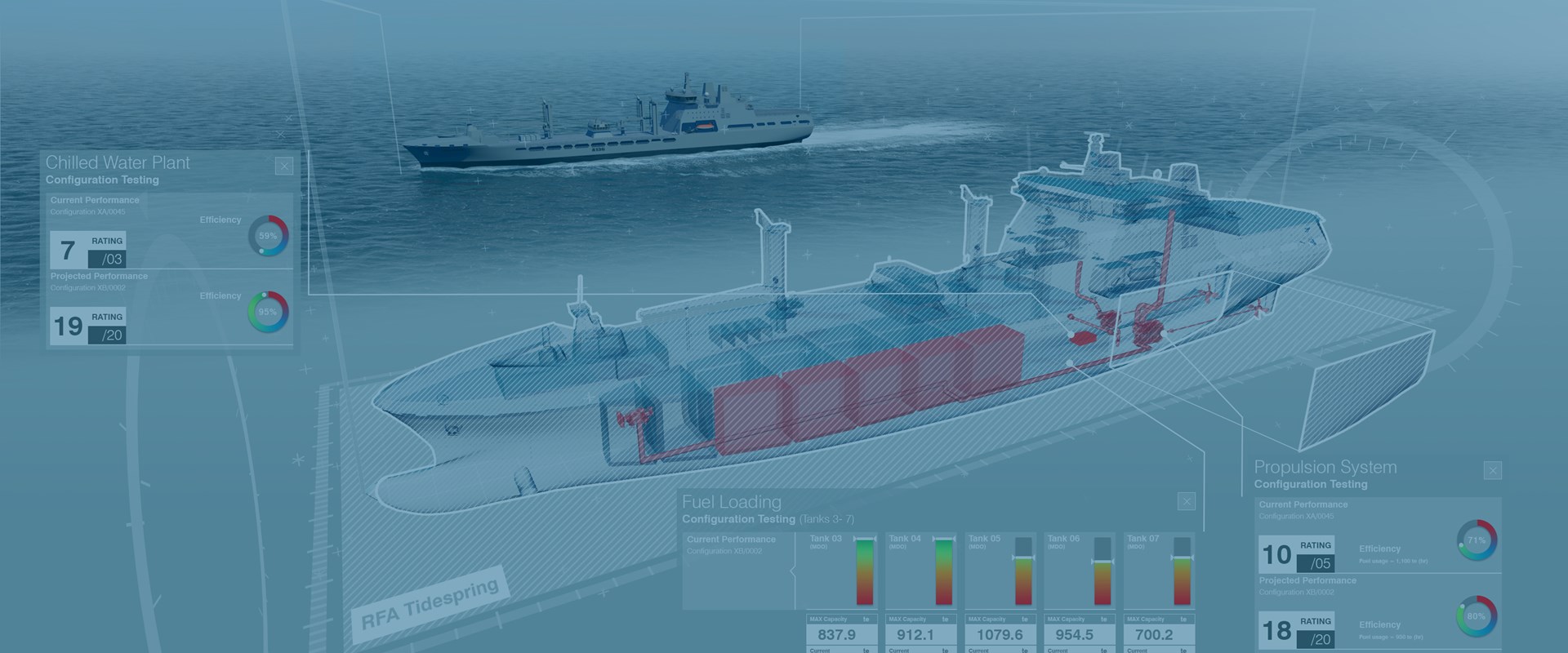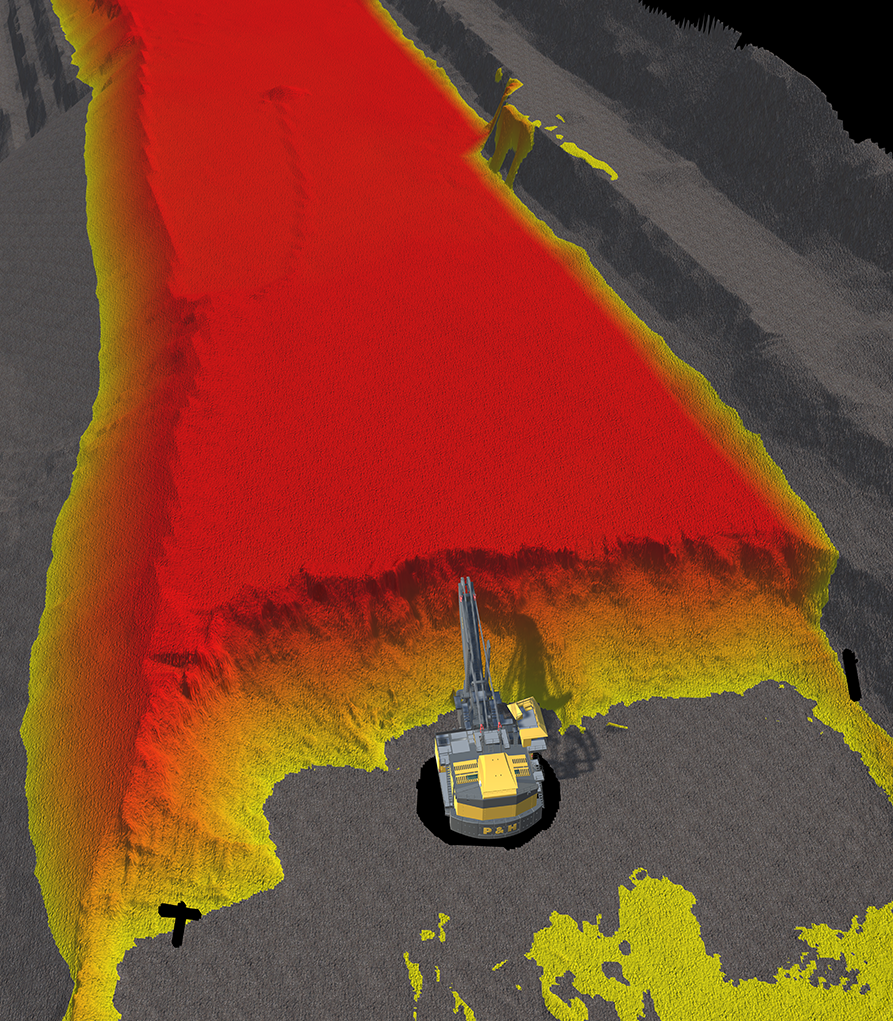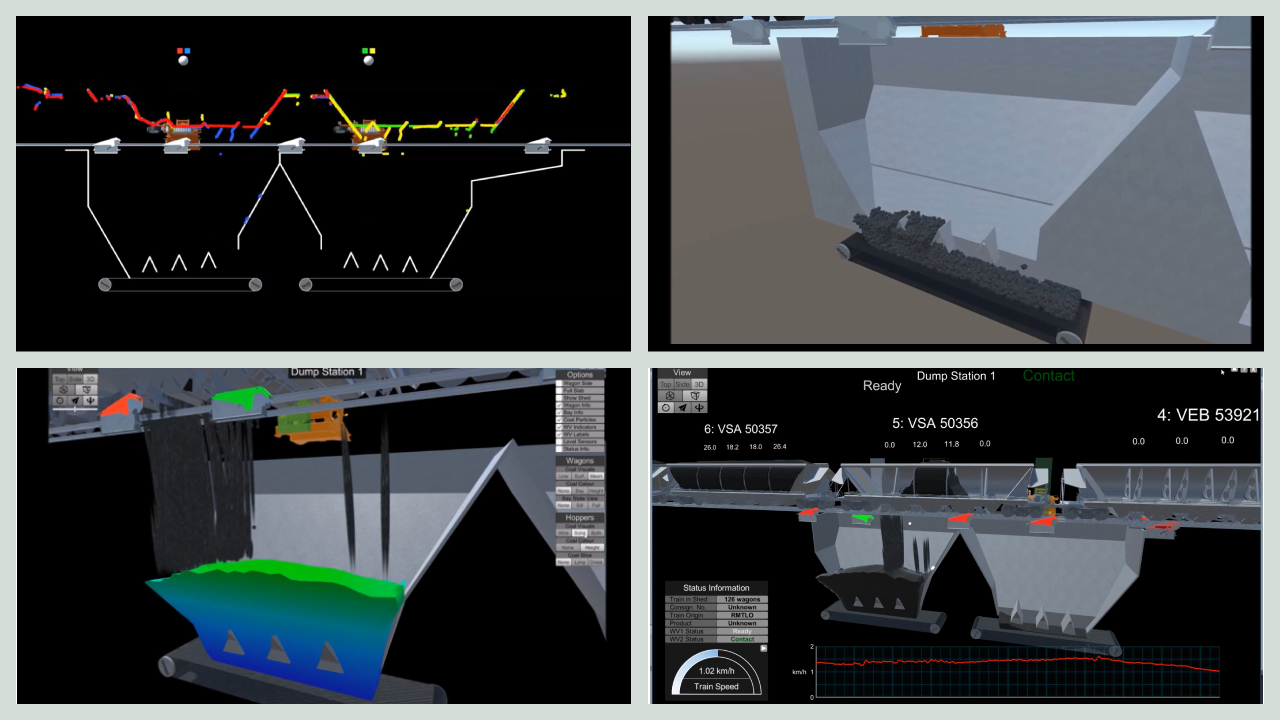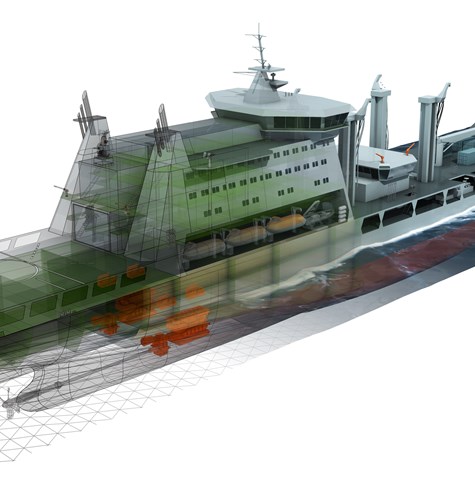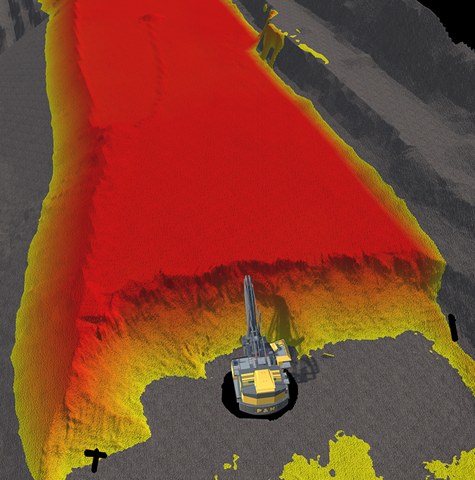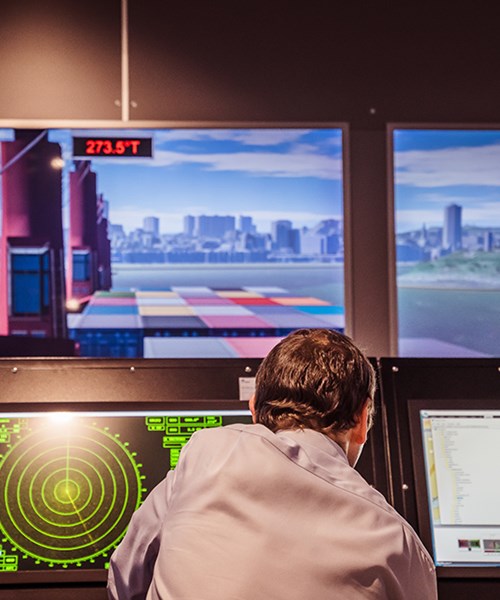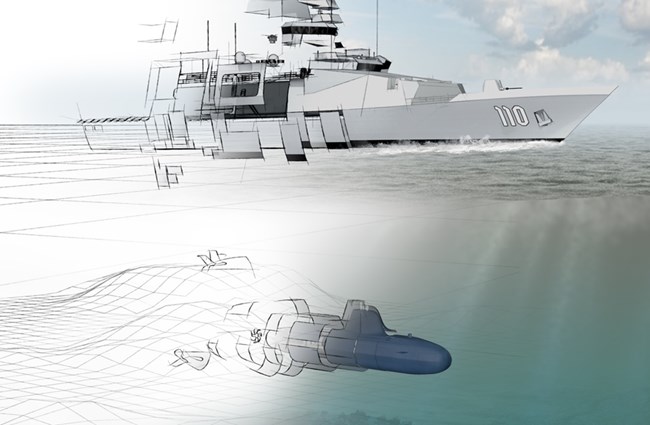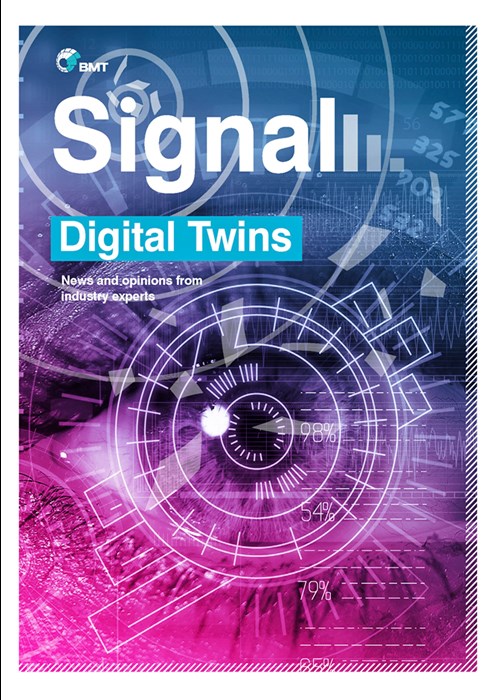A digital twin must be more than a single entity to provide benefits across an entire enterprise. Fully-featured digital twins will be realised as a family of twins, each maturing and growing in depth and value through its life.
The models used to support asset performance may differ from those used in design and development, but there will be clear data linkages across these model sets that need to be managed. Twins will both consume and create high volumes of data throughout their lives.
Several coherent twins will be created in the design phase, from basic 3D geometric and design information to complex high order simulation models and more comprehensive design information management. This "Design Twin" set will mature through the build phase to create a "Manufacturing Twin" - a key enabler for the future digital shipyard.
This evolution will continue through the in-service phase, where sensor inputs from the physical asset will help realise the final "Digital Twin." Further models will need to be created at this point, typically fast surrogate models that include a measure of their uncertainty to effectively provide predictive and prognostic outputs in response to real-time input data.
Therefore, creating a twin is a complex process and relies upon a continuous digital thread throughout the lifecycle.
Although IoT is a critical enabling technology for digital twins, twins are much more than a simple IoT implementation, integrating an intelligent sensor with a data platform.
Twins combine on-platform sensing with other data sources (e.g. environmental data, historical maintenance data) and match this data with a set of models, applying analytics and machine learning to enable predictive and prognostic insights. These insights provide practical decision support in an intelligent asset management context.
Due to the complexity and volume of data, the effective imaging of twin outputs is critical to enable usability and layered data consumption.
